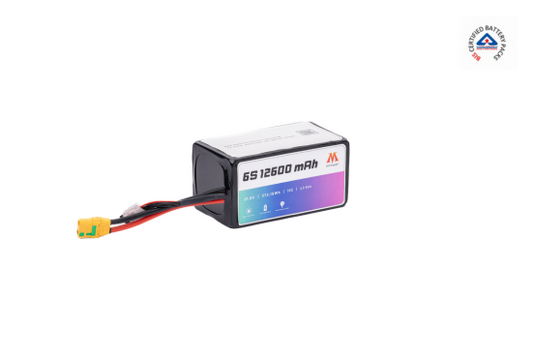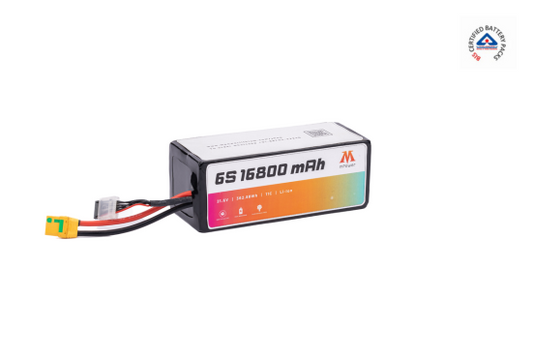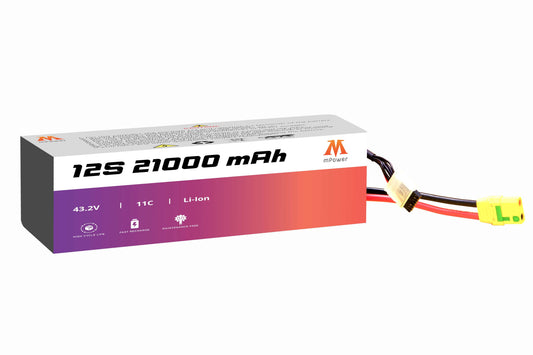
There was a time when spotting a drone in the sky felt unusual. Today, it’s just another part of a workday. Farmers use drones to spray fields. Engineers use them to inspect bridges. Emergency teams rely on them during floods. Drones have quietly become tools of everyday impact in India.
But what really keeps them in the air is less glamorous — the drone battery. If the battery fails, the drone falls. It’s that simple. A solid, dependable battery determines whether a flight lasts five minutes or fifty, whether a delivery reaches its destination or crashes halfway. And right now, too many of those batteries come from outside India.
That’s why government policies matter more than most people realize. They shape how fast a local industry can grow. They decide whether we stay dependent on imports or build something lasting at home. Companies like mPower batteries have already started that journey, making made in India drone batteries a real possibility, not just a slogan.
Why the Drone Battery Is More Important Than It Looks
When people chat about drones, they go on about spinning blades, cool cameras, or fancy apps. But here’s the truth—none of that works if the battery’s dead. The battery’s the real boss. It keeps everything alive.
Out in the fields, the battery says how far a drone can fly before it needs to head home. In rescue missions, it can be the reason help shows up—or doesn’t. In logistics, every minute of extra flight means better delivery economics.
And because the stakes are so high, relying on imported batteries is risky. Prices swing. Shipments delay. Supply chains get choked. If India wants to build a drone sector that stands on its own feet, the solution has to be local.
How Policy Shapes Growth
Technology is essential. But technology alone doesn’t build industries. Policy does the heavy lifting in the background. It sets the stage for manufacturers to take risks, for startups to invest, for ecosystems to take root.
1. Incentives That Build Confidence
Big industries don’t grow overnight. They grow when early movers get a safety net. That’s what Production Linked Incentive schemes — or PLI — have done for several other sectors. If similar support is aimed at battery manufacturing, more companies can afford to build, scale, and innovate.
It’s about confidence. A manufacturer will invest more in R&D if they know there’s policy support behind them.
2. Import Restrictions That Gently Nudge the Market
India made a smart move when it restricted imports of fully built drones. It forced companies to start assembling here. A similar strategy can work with drone batteries.
Imagine this: importing raw cells stays easy, but importing fully built batteries gets expensive. Naturally, companies would prefer to build locally. It’s not a ban — it’s a push in the right direction.
3. Making the Rules Simple and Predictable
Anyone who has tried to get certifications in India knows how messy it can get. Delays, unclear requirements, and multiple agencies often slow everything down. But when Drone Rules 2021 came out, it showed that things could be different.
If the same clarity comes to battery safety and certification, startups could move faster. Predictable rules don’t just help businesses — they make the whole sector stronger.
4. Funding Innovation, Not Just Assembly
Buying and assembling parts is easy. Innovating is hard. Better flight times and safer operations depend on chemistry, engineering, and relentless testing. R&D takes time, and money.
Government grants and research programs can bridge that gap. If the focus stays on new energy technologies, India won’t just assemble drone batteries — it will invent them.
5. Creating Demand Through Government Programs
Every new industry needs a guaranteed customer in the beginning. If government departments — agriculture, infrastructure, disaster response — start prioritizing drones powered by made in India drone batteries, that demand will give local companies the scale they need to stay competitive.
6. Opening Doors to the World
First, you build strong roots at home. Once that’s solid, it’s time to think bigger. Trade deals, export perks, and smoother customs can help India start selling to the world. That’s how a small workshop grows into a global name.
How mPower Batteries Fits In
This is exactly where mPower batteries comes into the picture. Our approach is practical: build smart, reliable energy solutions designed for real-world drone operations in India. By aligning with supportive policies, we are setting ourselves up not just as a local manufacturer but as a company that can help reshape the country’s position in the drone space.
The Roadblocks That Can’t Be Ignored
No growth story is smooth. Battery manufacturing has its own set of thorns.
Safety is non-negotiable. Lithium batteries can be dangerous if mishandled. Policies have to ensure safety without creating endless red tape.
Raw materials aren’t in India’s backyard. Lithium, cobalt, nickel — all crucial. Strategic partnerships or substitutes will be key.
Subsidies can’t last forever. They should help build the runway, not fund the flight forever.
Implementation matters. Good policies can fail if they get stuck in bureaucratic delays.
Acknowledging these problems early is better than pretending they don’t exist.
The Bigger Picture
This isn’t just a story about batteries. It’s a story about control — control over supply chains, pricing, technology, and opportunity. A strong local drone battery industry means more than manufacturing jobs. It means better resilience, stronger innovation, and a fair shot at global leadership.
Government policies can give this sector the push it needs: clear incentives, a balanced trade structure, R&D support, and global market access. Once that foundation is set, the technology will grow on its own momentum.
Visit mPower












